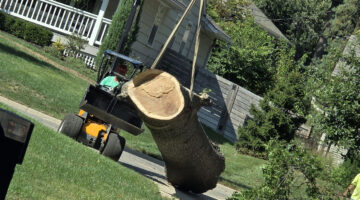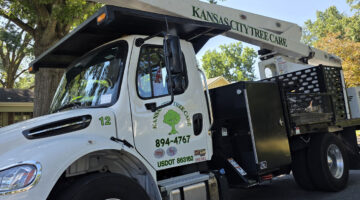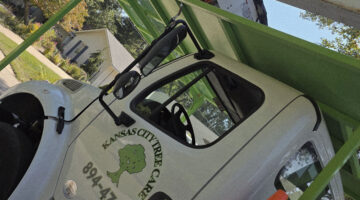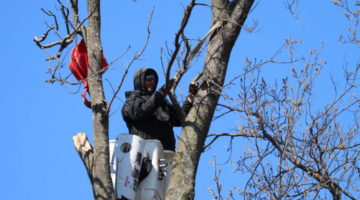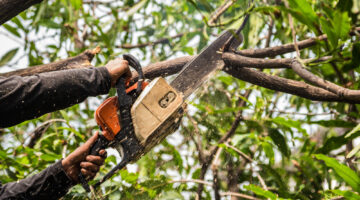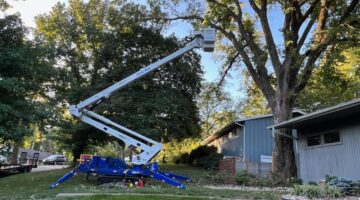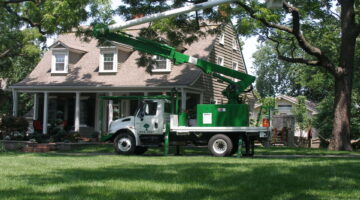Maintaining trees on your property is about more than aesthetics. It’s also about protecting public safety, adhering to local laws, and ensuring the wellbeing of the trees themselves. For Kansas City homeowners, tree trimming and removal are regulated by specific ordinances and guidelines. Ignoring these rules can result in fines, penalties, or safety hazards, so it’s important to know your responsibilities.
This guide will outline everything you need to know about tree trimming
in Kansas City, from city ordinances to liability concerns and hiring the right contractor.
Failure to follow tree-trimming rules in Kansas City can lead to fines, legal disputes, and even liability for damages. Here are common scenarios and their consequences:
Why Knowing Tree Trimming Rules Matters
Kansas City enforces specific laws that regulate tree trimming and removal for several reasons:- Public Safety: Overgrown or dead trees pose risks to roads, sidewalks, and utility lines. They can impede visibility for drivers, block walkways, or damage power lines.
- Environmental Concerns: Trees are essential to Kansas City's urban landscaping. Proper care ensures they remain healthy and continue contributing to the city’s ecosystem.
- Avoiding Legal and Financial Complications: Failing to follow guidelines, such as obtaining permits or adhering to trimming regulations, can result in fines or damage liability.
Kansas City Ordinances and Permits
Trees in Kansas City fall under two primary categories: public trees and private trees. Each comes with its own set of regulations.Public Trees
Public trees include those planted on city-owned property, such as alongside streets, in parks, and within public right-of-ways. The Kansas City Parks and Recreation Department oversees the care and maintenance of public trees.- Permits: Homeowners are not permitted to trim or remove public trees without a city-issued permit. Unauthorized trimming, removal, or damage to public trees can result in fines.
- Responsibility: Any work done on public trees—including trimming toward clearance height or addressing safety hazards—is managed through city services.
Private Trees
Private trees are those growing fully on your own property. While homeowners have more freedom regarding private trees, they are still subject to certain city regulations.- Permits: Permits are usually not required for trimming healthy private trees. However, tree removal may require a permit depending on factors such as tree size, location, and proximity to public property.
- Nuisance Trees: A private tree that poses a hazard to public safety or obstructs public spaces may require action under city regulations. Homeowners must trim or remove these trees as necessary.
Tree Ownership and Responsibility in Kansas City
Understanding tree ownership is essential for assigning responsibility in different scenarios. Kansas City homeowners should examine property lines to determine whether a tree falls entirely on private land or partly/fully on public property.- Shared Trees: If a tree sits on a property line, ownership is shared with your neighbor. Any trimming or removal requires agreement between property owners.
- Overhanging Branches: Always check with your neighbor before trimming overhanging branches, even if they extend onto your property. Clear communication helps avoid misunderstandings or disputes.
Regulations for Right-of-Way and Sidewalk Trees
Trees planted within public right-of-way areas, such as near sidewalks or curbs, often fall into a regulatory gray space. While they may appear to be on private land, these trees are subject to Kansas City ordinances.- Clearance Requirements:
- Sidewalks must have a 7-foot tree clearance above walking areas.
- Roads must maintain a 14-foot clearance for vehicle access.
- Obstructions: Trees that impede sidewalk or road usability must be trimmed to meet clearance standards. Failing to comply could result in city-led action or fines.
Utility Line Clearance Rules
Trimming trees around utility lines is a critical safety concern. Kansas City homeowners must follow clearance requirements and should never attempt to trim around high-voltage lines themselves.- Electric Lines: The Kansas City Power & Light (KCP&L) utility company handles tree trimming around electric lines. Homeowners should report any trees posing a risk to power lines rather than attempting DIY solutions.
- Cable and Internet Lines: While less dangerous, trimming around cable or internet lines requires caution. Contact your service provider if a tree interferes with utility equipment.
Protecting Trees During Public Projects
Kansas City prioritizes preserving its urban landscape during public construction or utility projects. Specific regulations govern how trees are protected to prevent unnecessary damage or removal:- Temporary fencing is often required to shield trees near construction zones.
- Violations involving unauthorized tree damage during public projects can lead to steep fines.
HOA and Neighborhood-Specific Rules
If you live in a neighborhood managed by a homeowners association (HOA), additional tree-trimming regulations may apply. These often involve:- Aesthetic Standards: Some HOAs enforce strict rules on how trees must be maintained to preserve the neighborhood's visual identity.
- Approval Processes: You may be required to get HOA approval before trimming, removing, or planting trees within your property.
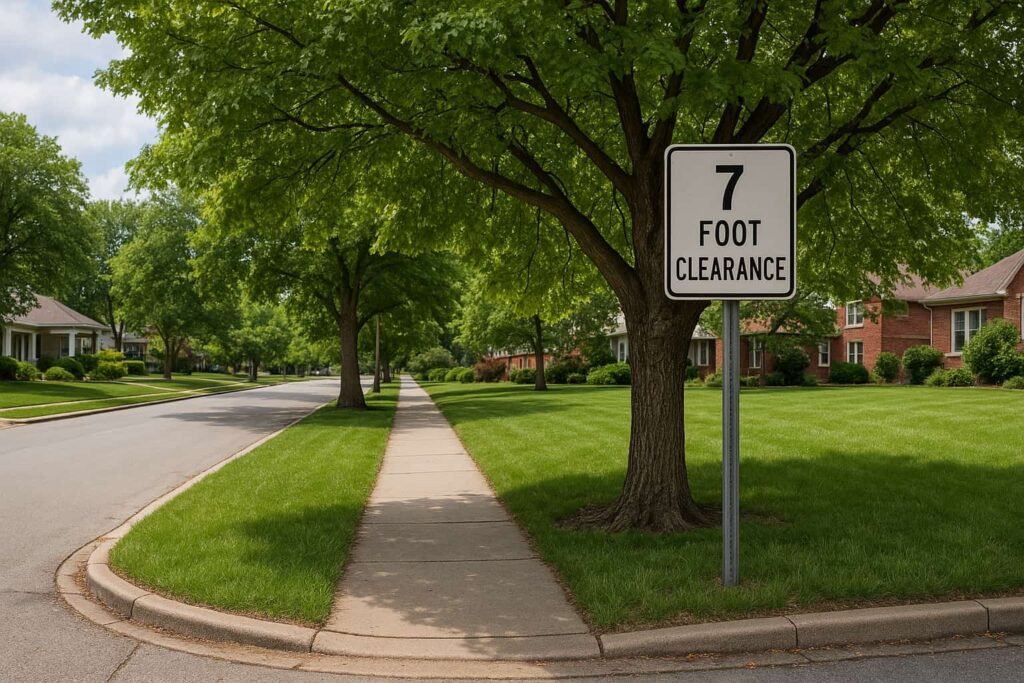 Fines and Penalties for Improper Trimming
Fines and Penalties for Improper Trimming
Failure to follow tree-trimming rules in Kansas City can lead to fines, legal disputes, and even liability for damages. Here are common scenarios and their consequences:
- Unauthorized Public Tree Trimming: Penalties include fines and even mandatory payment for tree replacement if a public tree is damaged or destroyed.
- Blocked Right-of-Way: Trees impeding sidewalks or streets can result in notices of violation, fines, or city-led trimming services billed to the homeowner.
- Utility Interference: Damaging utility services while trimming can lead to significant financial and legal consequences.
Hiring a Licensed Contractor
Trimming large trees or handling safety hazards often requires an experienced professional. Kansas City mandates that tree care contractors working on public or commercial properties must hold a city-issued license.Tips for Choosing a Contractor:
When hiring a contractor, be sure to:- Verify their license through the Kansas City government website.
- Look for professionals with proper insurance coverage to avoid liability issues.
- Request references or reviews from previous customers.
- Confirm that the contractor follows city guidelines for waste disposal (e.g., wood debris).


